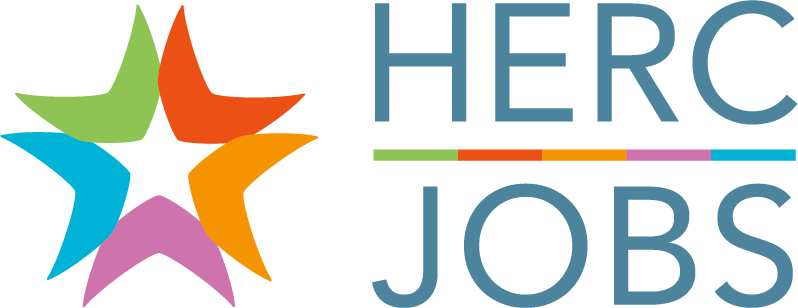AI Tools for Job Seekers: From Resumes to Interview Prep

Are you using artificial intelligence to find and land your next job? Everyone seems to be talking about artificial intelligence (AI) tools: how they can make our work easier and how they might impact the workforce in the future. Regardless of your opinions of these tools, you can certainly use them in a positive way to assist you in your job search.
Most of these AI tools for job seekers aren’t free, but many offer a free option or plan with limited access to robust features. Take this opportunity to see how they work and if they deliver a satisfactory product. Then consider if paying for the additional features is worth it for your purposes. Sometimes, the free option is all you’ll need to get started on creating your job application materials.
So, How Do AI Tools Work?
According to ChatGPT, one of the most well-known AI tools, an AI tool “refers to any software or system that utilizes artificial intelligence techniques to perform tasks that typically require human-like intelligence. These tools are designed to simulate human cognitive functions such as learning, problem-solving, understanding natural language, and perception. AI tools can be classified into various categories based on their functionality, including machine learning algorithms, natural language processing systems, computer vision applications, and expert systems, among others.”
Always keep in mind that AI can’t create or replace your authentic story – your background and experiences are yours alone. But you can use it to enhance how you share your story and even help increase the chances that your story will be seen and heard. Use these tools with caution and build in sufficient time to do a thorough review, then edit and correct as needed.
Here are some ways you can use AI to support your job search efforts:
Find Jobs That Match Your Skills
If you’re having trouble finding interesting job opportunities and looking to explore new careers, some tools can serve as a “job matchmaker” for you. The good news is that many of these are free to you; potential employers are paying to find you. Check out Talentprise, and if you’re only interested in remote jobs, try Pyjama Jobs from Kickresume.
Make Your Resume ATS-Friendly
Employers are increasingly using an Application Tracking System (ATS) to collect and review resumes. Make sure your resume is ATS-friendly, such as including keywords from the job posting and formatting resumes for optimal scanning. Popular tools like Rezi, Jobscan, and Kickresume can help prep your resumes for these systems.
Create a First Draft of Your Cover Letter
While resumes highlight the facts of your background and experience, cover letters convey your professional and personal story, as well as your interest in a job opportunity. Relying on AI to tell your story effectively and authentically is trickier. Instead, use it as a tool to produce a first draft cover letter and get ideas on what language to use in communicating your story. Try Rezi, Kickresume, and Cover Letter Copilot.
Get a Professional Headshot
A professional headshot can be used in various places, including for your LinkedIn or other professional networking profiles. When using AI to produce a professional headshot, it’s harder to find free options that look good. Some key differences are the number of photos you must upload, styling options, turnaround time, and how many different headshots you’ll get. Take a look at Aragon, HeadshotPro, and Dreamwave.
Prepare for Job Interviews
All the time you spent preparing your application materials and networking has paid off. A potential employer has invited you for an interview and AI can help you get ready. Use AI to anticipate questions, practice answering them, and get feedback on your responses. Some of these tools can even tailor the questions to the job description and company. Try Interview Warmup from Google, Adzuna, and the Huru app.
This article only scratches the surface of what AI tools are available. There’s a whole slew of other tools you can use after the job interview, like salary negotiation, self-evaluation, and even public speaking.
Remember that tailoring your materials to the specific job that you’re applying for is essential to making it to the next step in securing that job. It’s up to you to make the very human connection between those job posting requirements and your background and skills. Never underestimate the value of having your mentors and peers conduct a final review of your materials before you submit them.
Check out more Top Articles on HERC Jobs.
Interested in higher ed job opportunities? Explore our job board with about 50,000 job postings and sign up for a free job seeker account.
About the Author: Marcia Silva is the director of marketing and communications at the Higher Education Recruitment Consortium. She strives to create engaging, research-informed content that empowers job seekers and employers committed to creating inclusive workplaces. She is passionate about using digital media and technology to encourage participation and strengthen communities.
